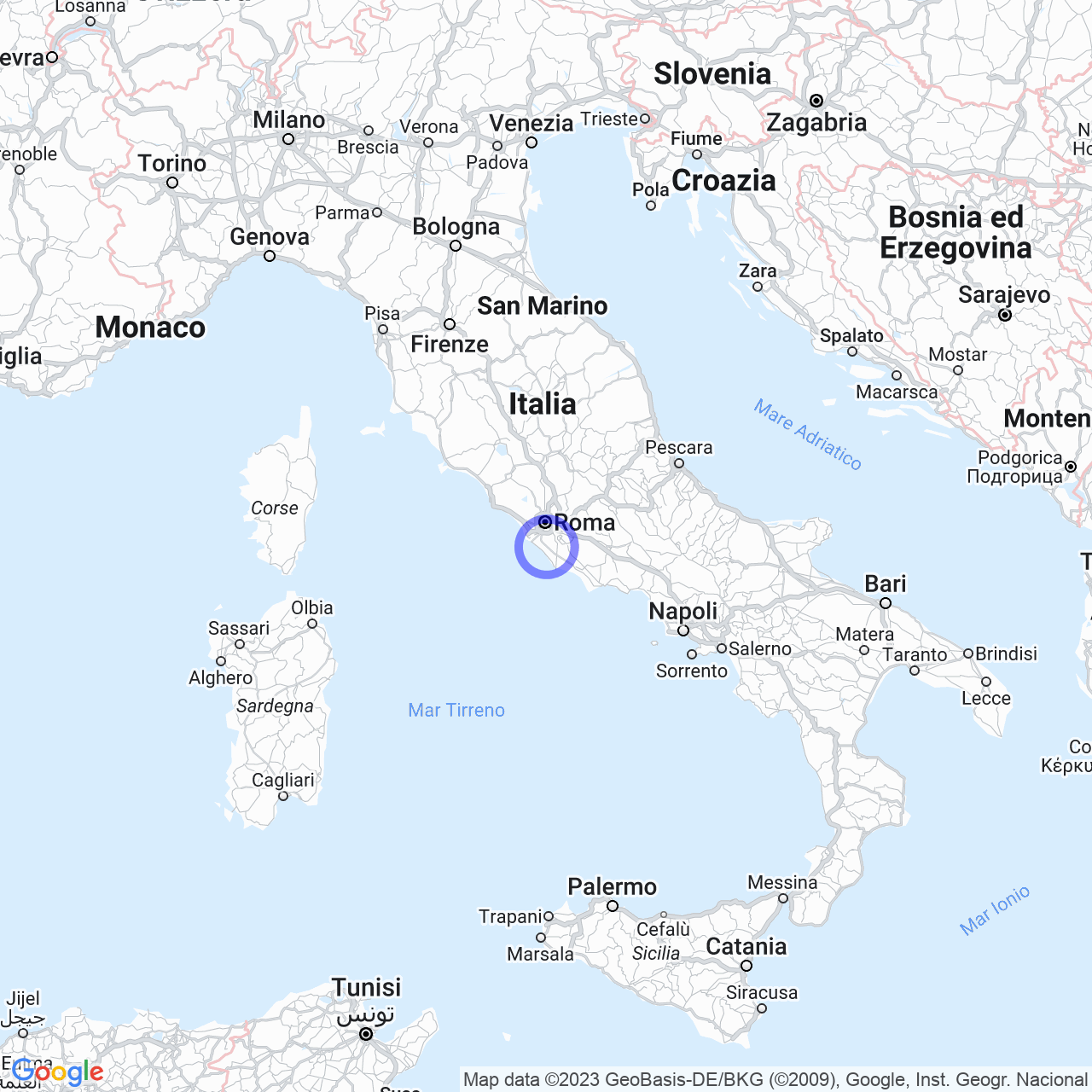Pomezia
Welcome to Pomezia: a brief tour of its geography, history, and climate
Hi everyone! Today we are taking you on a journey to discover Pomezia, an Italian city known for being founded during the fascist period. Located south of Rome, between the Alban Hills and the Tyrrhenian Sea, it has a population of about 61,276 inhabitants.
Physical geography
The territory of Pomezia was originally characterized by vast forested areas, dunes, and wetlands. Today, few remnants remain of the old territory. The city underwent significant changes thanks to the fascist land reclamation efforts that exploited the wetland areas, and to the property speculation that devastated the coast. Pomezia also has a modest altitude and some bodies of water.

Climate
The climate of Pomezia is influenced by the Tyrrhenian Sea, making summers hot and humid, while winters are mild. During spring and autumn, frequent rainfall occurs, but snowfall is a rare event.
Origins of the name
The name of the city derives from the toponym of an ancient Volscian or Latin city, Suessa Pometia, whose location is still unknown. The origin of the name could also be attributable to the "city of fruits," in reference to the image of the Roman goddess Pomona.
Conclusions
And here we are at the end of our brief tour of Pomezia! We were happy to show you the highlights of the city, from physical geography, history, and climate. We hope that this information has piqued your curiosity and that you have enjoyed discovering the beauty of this Italian city. See you next time!
